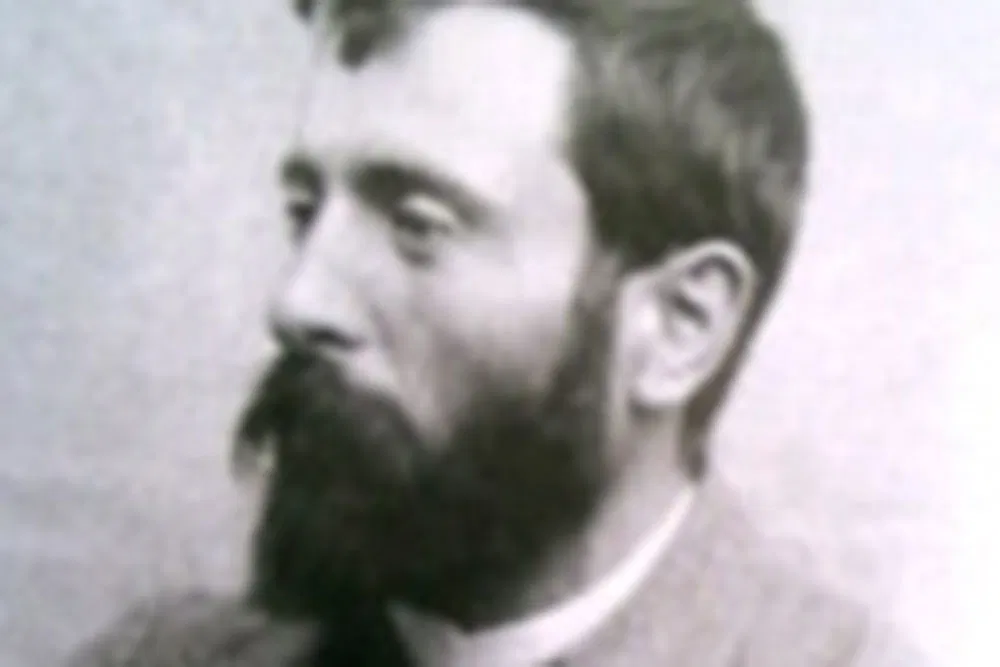
Vittorio Sella (1859–1943) was an Italian photographer and mountaineer whose breathtaking images of some of the world’s most challenging and remote mountain ranges have become a lasting testament to both photography and exploration. Sella’s photographs are not just visual records but artistic masterpieces that captured the beauty, grandeur, and unforgiving nature of mountains like the Alps, the Caucasus, and the Himalayas.
With a unique blend of technical skill, artistic sensibility, and mountaineering expertise, Vittorio Sella revolutionized mountain photography. His pioneering work continues to inspire photographers and adventurers worldwide.
Born on August 28, 1859, in Biella, Italy, Vittorio Sella grew up in a family with a deep appreciation for the outdoors and the arts. His father, Giuseppe Venanzio Sella, was a prominent industrialist and an early enthusiast of photography, and it was under his guidance that Vittorio learned the fundamentals of the craft.
Vittorio was also influenced by his uncle, Quintino Sella, an accomplished scientist, politician, and passionate mountaineer who played a key role in promoting alpinism in Italy. This combination of artistic training and a love for the mountains would shape Vittorio’s career and legacy.
In the late 19th century, photography was a complex and demanding process. Cameras were large and unwieldy, and glass plate negatives—Sella’s medium of choice—were fragile and difficult to transport. Despite these challenges, Sella brought his camera to some of the world’s most remote and dangerous mountain ranges, capturing images that were as technically remarkable as they were visually stunning.
Sella’s photographs stand out for their extraordinary clarity, composition, and depth. His ability to capture the scale and majesty of towering peaks, vast glaciers, and dramatic landscapes was unparalleled. His images often have a haunting, almost timeless quality, showcasing mountains in all their raw beauty.
Some of the technical challenges Sella overcame included:
Working in freezing temperatures and harsh environments required incredible resilience.
Sella carried heavy cameras and glass plates over difficult terrain, often at high altitudes.
Exposure times were long, and achieving the right composition required meticulous planning and patience.
Vittorio Sella participated in several groundbreaking expeditions, often joining famous explorers to document uncharted mountain ranges. His collaborations produced some of the earliest and most detailed visual records of remote regions.
Sella’s first significant body of work focused on the Alps, where he photographed iconic peaks like the Matterhorn, Mont Blanc, and Monte Rosa. These photographs set a new standard for mountain photography, capturing the rugged beauty of the Alps with an unparalleled level of detail.
Sella joined expeditions to the Caucasus Mountains in Russia, where he climbed and photographed remote peaks, including Mount Elbrus, the highest mountain in Europe. His images of the Caucasus are notable for their stark beauty and artistic composition.
One of Sella’s most famous expeditions was with the Duke of the Abruzzi in 1899 to the Karakoram Range, where they explored the Baltoro Glacier and captured early photographs of K2, the world’s second-highest mountain. These images remain some of the most iconic depictions of the Himalayas.
In 1906, Sella traveled with the Duke of the Abruzzi to the Ruwenzori Mountains in Uganda, often referred to as the “Mountains of the Moon.” His photographs from this expedition reveal a lush, otherworldly landscape of high-altitude forests and glaciers.
Vittorio Sella’s work is a bridge between science, art, and exploration. His photographs serve as historical documents that provide a glimpse into the world’s great mountain ranges before the age of mass tourism and environmental degradation. His images were highly prized by geographers, explorers, and climbers, offering invaluable insights into the landscapes they depicted.
Notable aspects of his legacy include:
Sella’s work has inspired generations of landscape photographers. His ability to capture the sublime essence of nature remains a benchmark for mountain photography.
His photographs are crucial historical records, documenting glaciers and landscapes that have since undergone significant changes due to climate change.
Sella’s dedication to combining photography and exploration helped elevate the status of both pursuits.
Sella was honored with numerous awards during his lifetime, and his photographs were exhibited internationally. Today, many of his original glass plate negatives are preserved in museums and archives, including the Fondazione Sella in Biella, Italy.
Vittorio Sella was more than just a photographer; he was an artist, an explorer, and a pioneer. His images continue to captivate viewers with their beauty and technical brilliance, offering a glimpse into a world of pristine, untamed nature.
In an age when photography was still in its infancy, Sella pushed the boundaries of what was possible, creating a legacy that endures to this day. His work stands as a reminder of the power of art to inspire, document, and transform our understanding of the natural world.

More Details